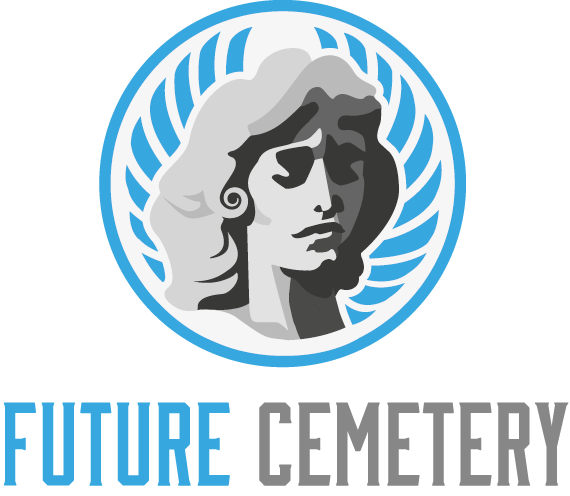A Cemetery is a place where the mortal remains of dead people are buried. It is often independent of a church. However, religious practices may be followed.
When visiting a cemetery, be sure to take the time to look around. You never know who might be buried near your ancestors.
It’s a place of rest
A cemetery is a place of rest, and this is a place that people visit regularly. It is a beautiful place to walk through and see many different types of headstones that display the skills of craftsmen of the past. The graveyard is also a place of reflection, and it is an opportunity to share memories of lost loved ones.
Visiting the tombs of your deceased loved ones is an important part of many religious traditions. It helps you to remember them, and it allows you to retell their stories to the next generation of your family. It also connects you to a faith tradition that sustains the dead and awaits to sustain you.
The word cemetery comes from the Latin coemeterium, which itself is derived from the Greek term koimeterion. During the Middle Ages, wealthy and influential Christians were typically interred inside churches in crypts beneath their floors, while less privileged congregants were buried in a section of the churchyard called the graveyard.
It’s a place of worship
A Cemetery is a place of worship where people come to visit, pay their respects and honor the memory of the dead. It is also a place where people can find comfort and hope in the face of death. A Cemetery can be owned by a religious order, municipality, fraternal organization or association. Its ownership structure determines the mix of burial options and memorial services it offers its customers.
It is important to understand that a Cemetery is a special place with unique rules and regulations. These rules are meant to protect the dignity of those buried there and to preserve the cemetery grounds for future generations.
Until recently, the majority of the dead were interred in churchyards. But as churchyards became full, cemetery grounds were established as separate locations for the burial of the dead. This was a new concept at the time. The modern cemetery has become a place for the whole community and serves many different purposes, such as commemoration and mourning.
It’s a place of healing
Visiting a loved one’s grave can be a difficult experience, but it’s also an important step on the path to healing. For some, it may help them to come to terms with their loss and move on with their lives. It can also provide a sense of closure and finality.
Whether you are religious or not, a cemetery can provide a peaceful place for introspection and grieving. It can also be a time to reassess your values and priorities, fostering personal growth.
Unlike churchyards, cemeteries are usually not affiliated with a particular church. They are also typically larger in size, as they were built after the churchyards became full. They are also more organized than graveyards, as they have individual niches for the interment of the dead. Moreover, they have an etymological history that dates back to the Middle Ages when wealthy congregants were buried in crypts inside the church while poorer people were buried outside the church.
It’s a place of learning
Educators have long used cemeteries as learning spaces, taking advantage of the unique educational opportunities they offer. In a time when COVID-19 stay-at-home orders have many schools closed, a cemetery can provide a quiet space to visit and learn about local history and culture.
Cemeteries are part of a community’s collective memory, and they can be places for reflection and honoring the dead. They also encourage contemplation of mortality, which can lead to a shift in perspective that allows us to appreciate the gift of life.
While the terms graveyard and cemetery are often used interchangeably, they are not synonymous in most contexts. Traditionally, graveyard has meant a burial ground on church grounds while cemetery refers to a modern separate burial site. The difference is subtle, but the use of a different term reflects new ideas about death and the afterlife. Both types of sites have a significant impact on the lives of families and communities.
